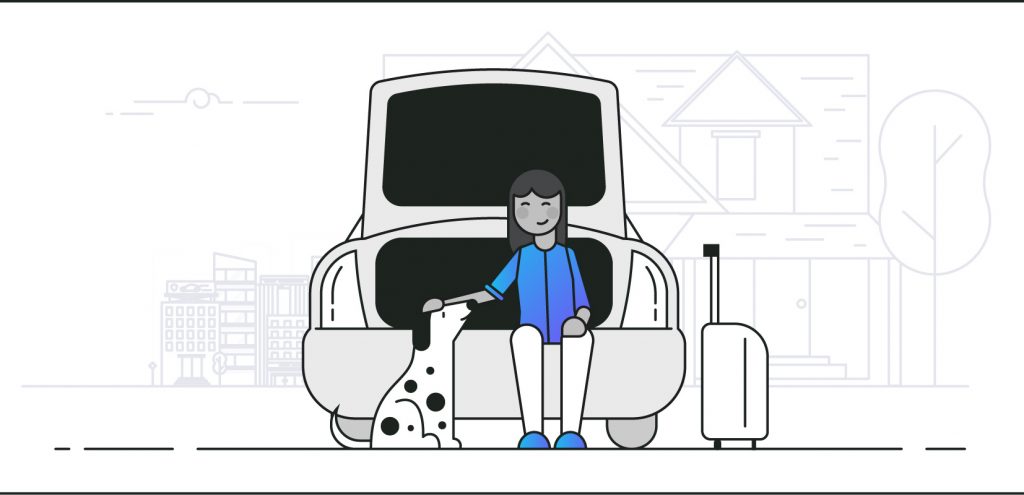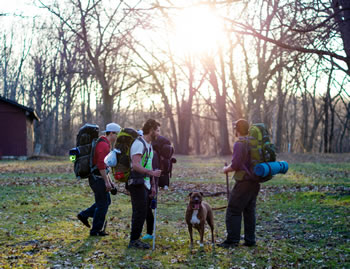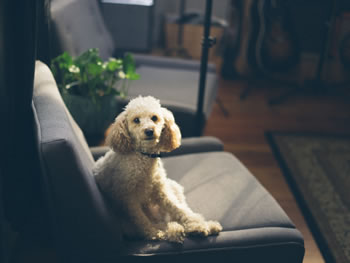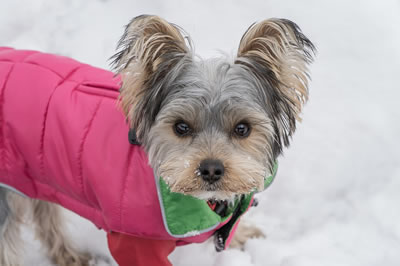Contribution from freelance writer Sally Writes
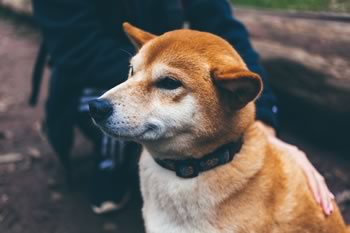
Photo by Christal Yuen on Unsplash
If you see your dog biting his paws, scratching or obsessively licking, he could have a food allergy – a condition which can take its toll on his digestive system as much as his skin. The very first step to take if you suspect your dog might be allergic to food is to visit your vet. Although dogs only show signs of irritation initially, allergies can cause serious problems and can even be life-threatening. In this post, we discuss the nature of food allergies and offer suggestions to stop them quickly and efficiently. Your dog will still be able to enjoy all his favorite treats, so long as these are allergen-free.
Foods Based Triggers
Like human beings, a plethora of foods can cause dog allergies, though ‘the usual suspects’ are chicken, pork, rabbit, lamb, beef, egg, corn, wheat, soy, and dairy foods. Interestingly, most of these foods are proteins. Your dog could be allergic to one or more ingredient.
In case you wonder how your dog develops a food allergy, the process is as follows: in a healthy dog, any food consumed will be broken down into nutrients and amino acids that pass from the GI tract to the bloodstream. In dogs with leaky gut, however, nutrients which have not been fully broken down make their way into the bloodstream, thus wreaking havoc on the immune system. Food allergies in dogs essentially arise from ‘leaky gut syndrome’,a condition that also affects humans.
Elimination and Experimentation with Novel Proteins
Your vet will usually prescribe a specific diet incorporating just one protein and one carbohydrate – for instance, chicken and rice. Your dog will remain on this simple diet for a couple of months and you can slowly start replacing ingredients, one by one, until you identify an allergen. Some vets recommend sticking to the first combination that works, but eventually your dog could develop an allergy to these two foods as well, so working your way up to a varied diet is a better long-term option.
Dr. Karen Becker of Mercola Pets recommends using new proteins your dog has not consumed before when starting the elimination diet, including “ostrich, beaver, quail, pheasant, rabbit, venison, bison, goat, duck, elk, alligator, and kangaroo.” It is important to feed dogs food from different families than those they are accustomed to, to give the body a chance to detoxify. It is probably best to refrain feeding your dog foods they have been reactive to in the past, since you can undo the good work that the elimination diet has achieved.
To battle common dog food allergies, it is important to create an elimination plan with your vet. You may be recommended a veterinary diet or home-cooked diet designed by a veterinary nutritionist. Remember to keep it basic and be watchful for signs and symptoms of a flare-up. Finally, patience and commitment are key to finding a combination that works for your pooch.

